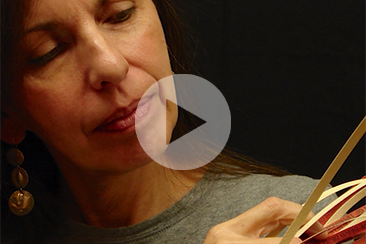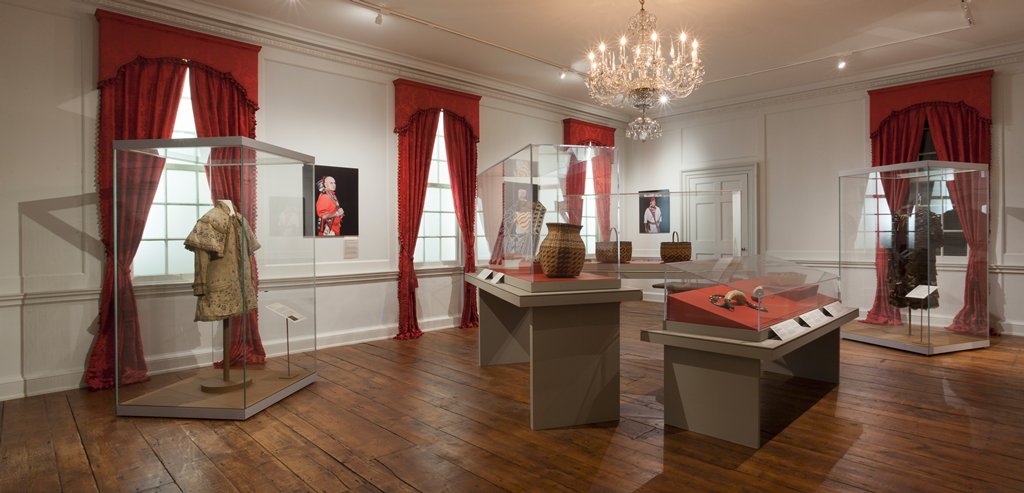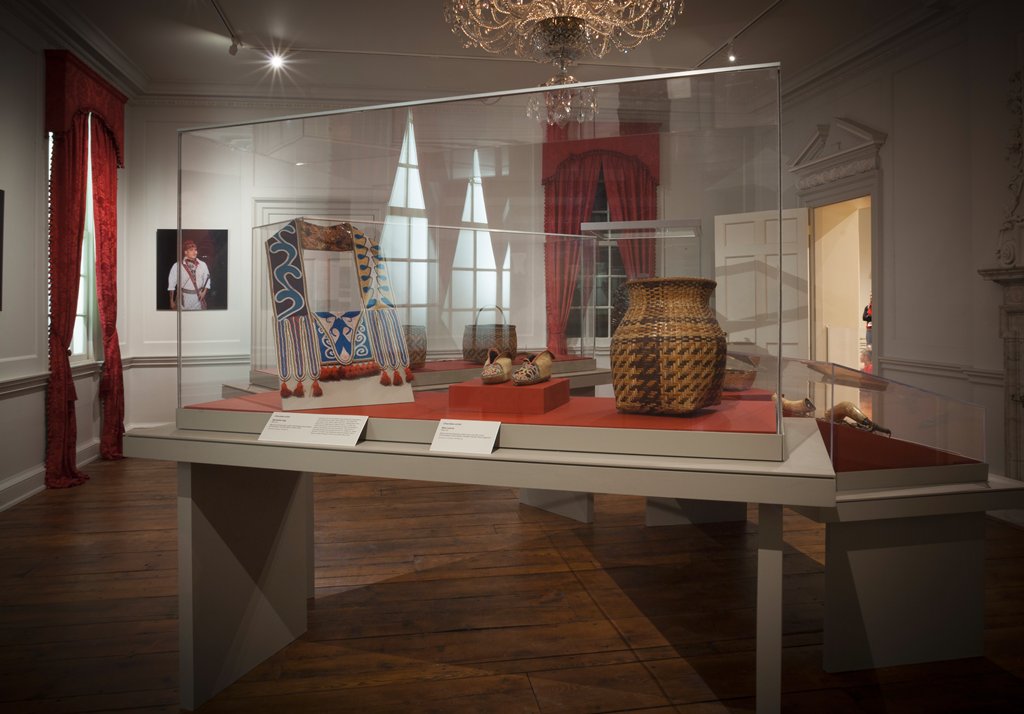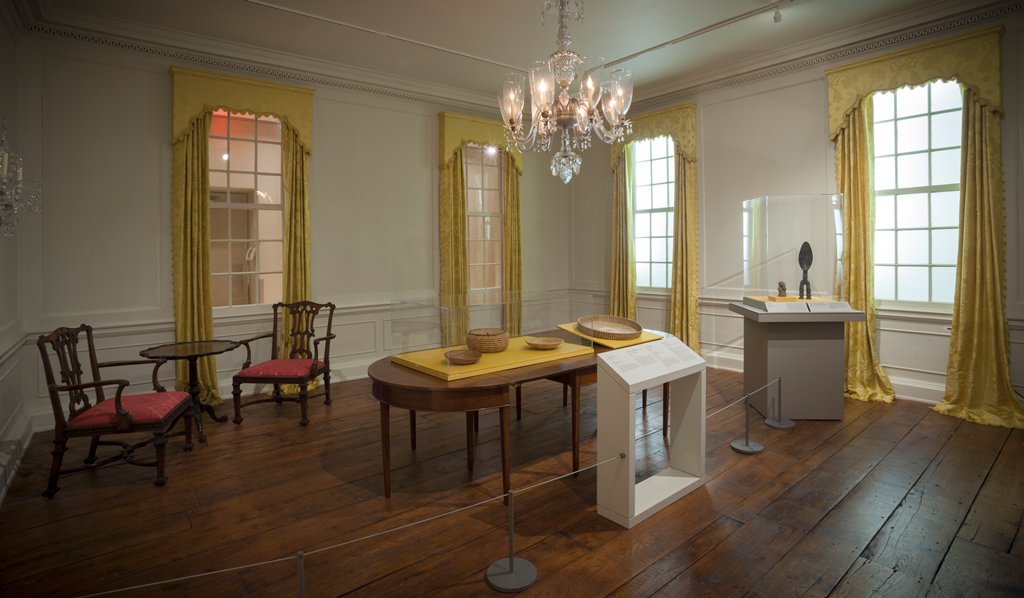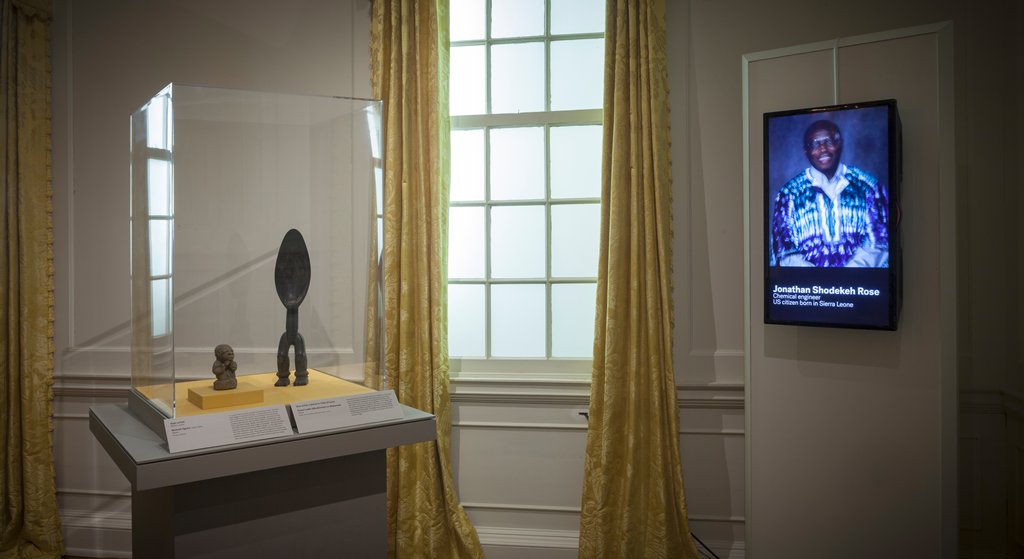The Many Voices of Colonial America

Installation views of “Living Rooms: The Many Voices of Colonial America”; 22 April 2017 – 15 April 2018; Charleston Drawing Room; Charleston Dining Room; galleries 336 and 337; Curators-in-charge: Jan-Lodewijk Grootaers and Jill Ahlberg Yohe; Organized by the Minneapolis Institute of Art
Museums choose which histories they tell. For more than 85 years, Mia used the 1772 Charleston Dining and Drawing Rooms to tell the story of decorative arts in the American colonies. But this isn’t the only story embedded in these rooms.
The rooms’ original owner was Colonel John Stuart, the Superintendent of Indian Affairs for Britain’s southern colonies—charged with keeping the peace between the British settlers and the Native Americans whose land they occupied. He was a rich and powerful diplomat in a complex colonial landscape.
Yet he owed his wealth and status to Native Americans and Africans. He ate the rice and sold the indigo dye that 200 enslaved Africans grew on his two plantations. He visited the homes of Cherokee leaders—and he fathered a Cherokee son.
Now, other voices are heard in these rooms, telling their own stories. The story of the Cherokee Nation and its diplomatic relations with the British Crown. The story of enslaved West Africans and their crucial knowledge of rice cultivation. The complex and often painful story of how the United States of America began.
This Project is part of Living Rooms, an initiative to present Mia’s historic interiors and decorative arts collections in new ways.

Additional support provided by The Chipstone Foundation.
The Voices
Members of the Cherokee Community
tell their story embedded in the Charleston Dining and Drawing Rooms.
Members of the West African Community
tell their story embedded in the Charleston Dining and Drawing Rooms.
Members of the African American Community
tell their story embedded in the Charleston Dining and Drawing Rooms.

